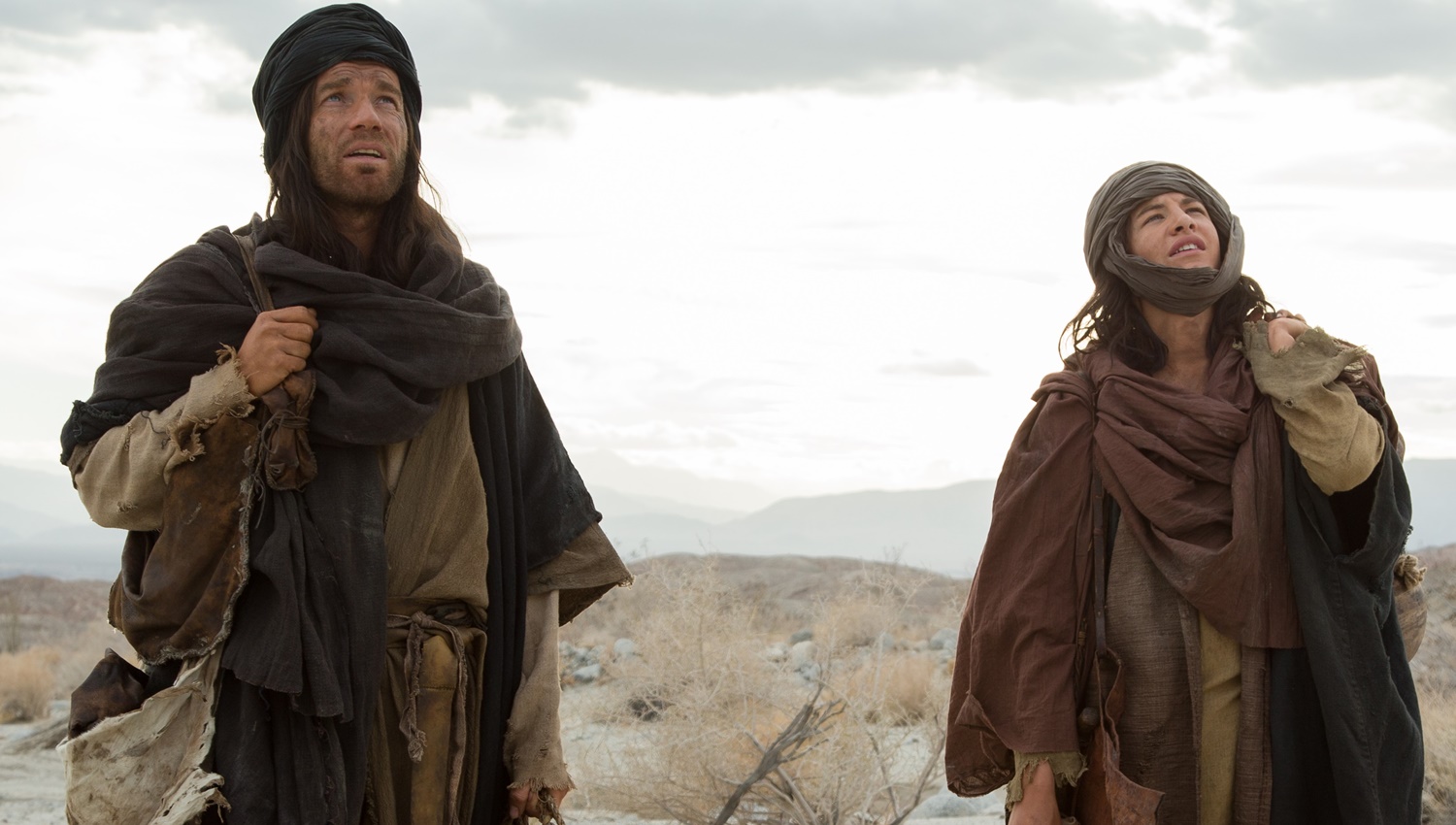
Last Days in the Desert
Dustin Chase
Writer/director Rodrigo Garcia hasn’t delivered a film since his Oscar nominated Albert Nobbs (2011). Last Days in the Desert could almost be viewed as a companion piece to Garcia’s Mother & Child (2009) since this film deals with fathers and sons. Garcia imagines what Jesus might have been doing when he prayed and fasted in the desert for 40 days before returning to Jerusalem where he was crucified. Garcia collaborates with Oscar winning cinematographer Emmanuel Lubezki (Gravity, The Tree of Life) to deliver a stunning and meditative film that will require patience from the viewer if it ever gets released in theaters. Similar to most of Garcia’s films, it’s the performances that fuel the urgency of the picture.
Jesus (McGregor) walks through the desert, praying to his father for guidance. He fasts for forty days while resisting the temptation of the devil. While on his meditative journey through the desert, Jesus meets a family, living far away from Jerusalem, in fact their son (Sheridan) has never been to the city. His father (Hinds) cares for his ailing wife (Zurer), making it very clear that when a family member is buried in the land, the family cannot travel away. The son fears his destiny in the forgotten desert. Jesus takes refuge with the family and the devil tempts him further, wagering that Jesus will not be able to solve the family’s entanglement to satisfy each. “The desert gives you the opportunity to see who you really are,” the father days.
It’s the performances that fuel the urgency of the picture.
The imagination Garcia uses here is quite stunning. “And he was there in the wilderness forty days, tempted of Satan; and was with the wild beasts; and the angels ministered unto him” Mark 1:12-13. To take something simple and straightforward as the account of Jesus time and temptation in the desert which is chronicled in books Matthew, Mark and Luke; Garcia really creates an interesting narrative without contradicting The Bible. McGregor portrays both the “Holy Man” as he is referenced by the family (never revealing his identity), and what appears to be an evil twin but we realize that is the tempter or Satan. McGregor is at his best in the dual roles, while Sheridan (Mud, Joe), the only American on screen, is superb as usual.
Garcia and Lubezki tell Last Days in the Desert mostly with visuals rather than narrative. For a film under two hours, audiences with short attention spans, un-flattered by the desolate beauty of the San Diego landscape, will find this picture slow. Garcia shows us a very human Jesus as he deals with his own emotional struggles and the situation of the family. It’s a film that grows on the viewer more after it’s over, especially realizing the parameters of what Garcia was working with based on the available scripture. He has made a rare film about Jesus that doesn’t cater exclusively to religious followers nor does it have an agenda.
Final Thought
Garcia’s imagination runs away with him in this stunning interpretation of Jesus 40 days in the desert.
